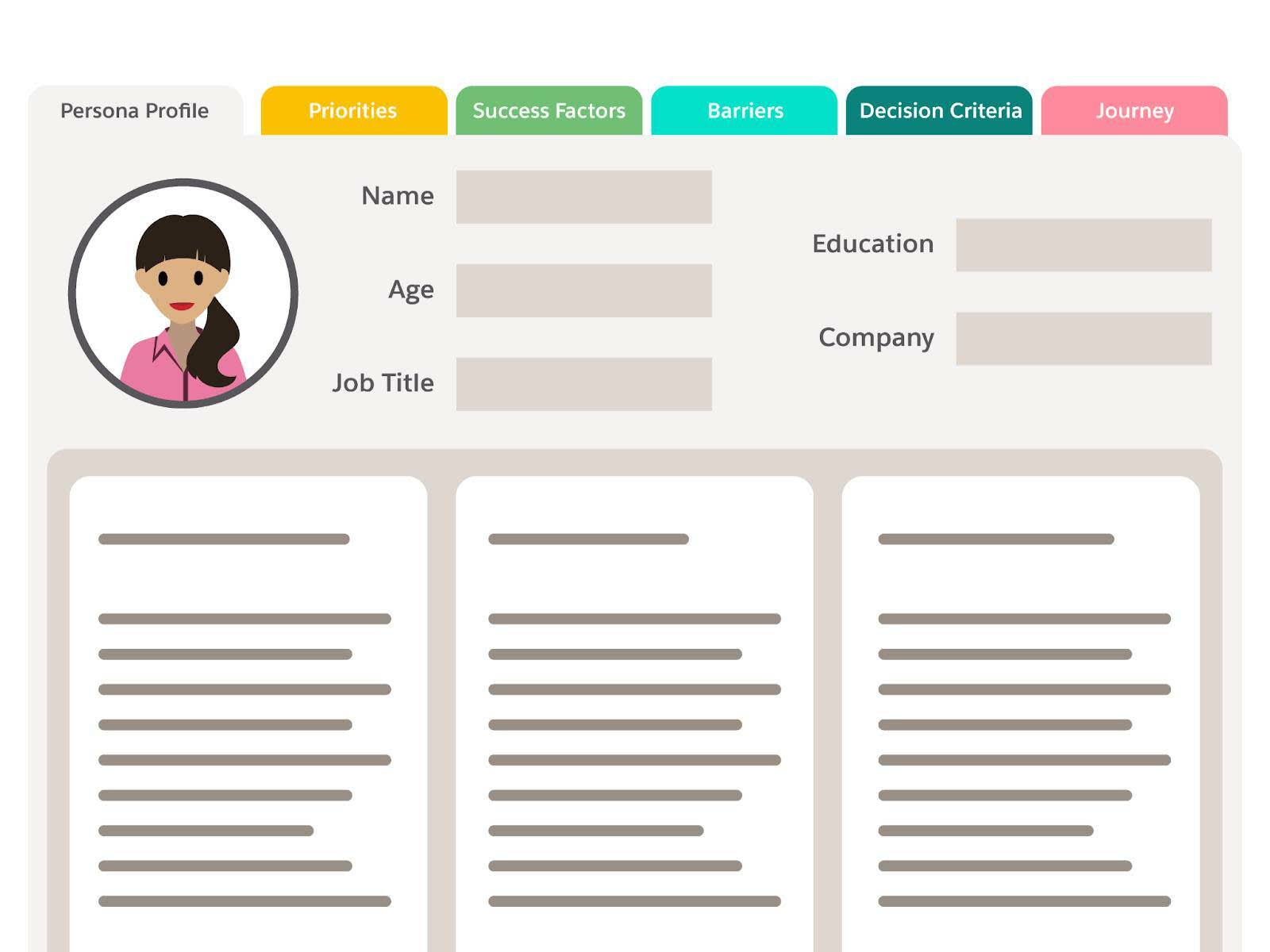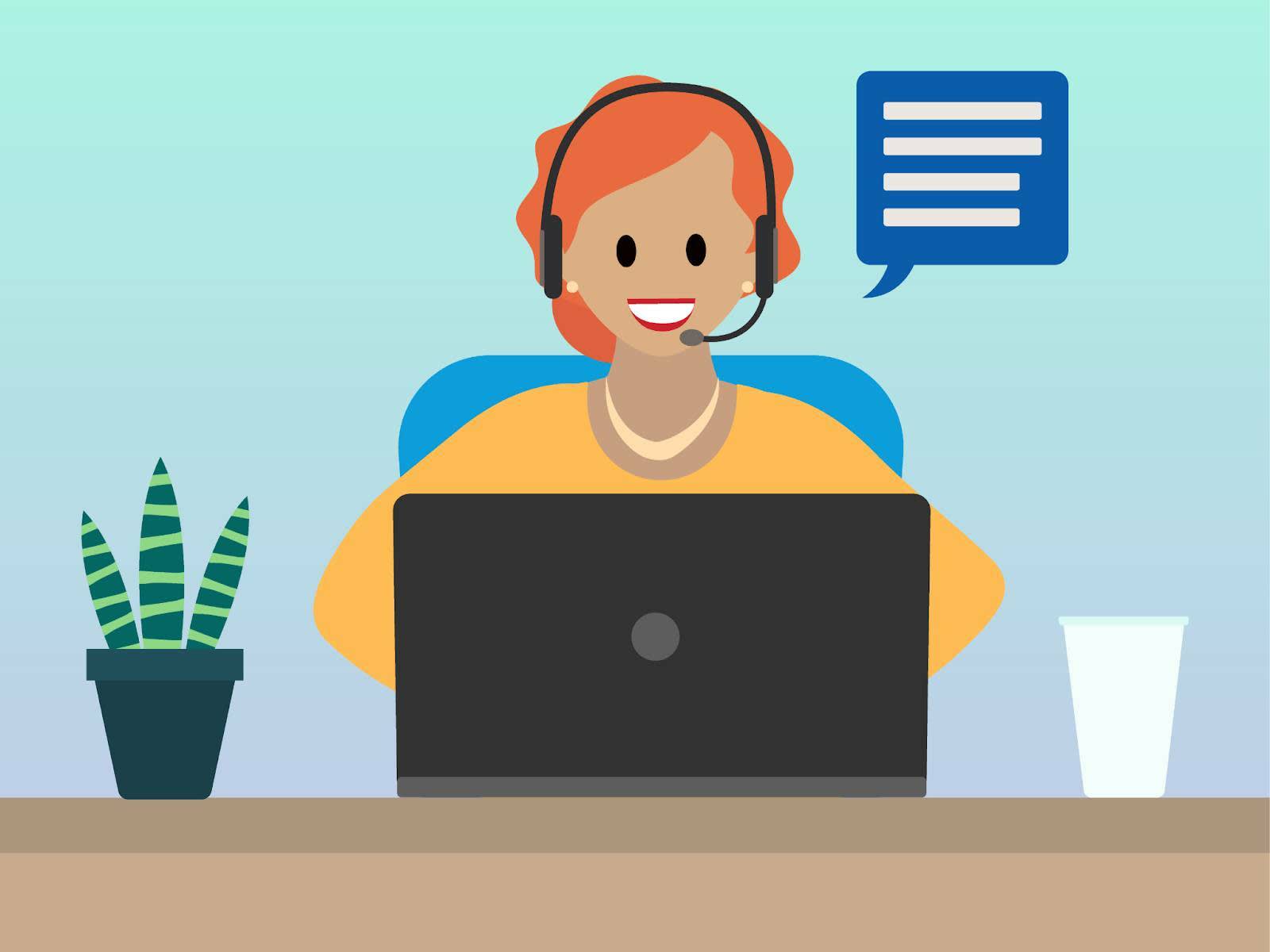Learn About the Sales Process
Learning Objectives
After completing this unit, you’ll be able to:
- Describe what a sales process is.
- Identify the steps of a successful sales process.
What Is the Sales Process?
The sales process is not merely a series of steps that result in a sale. It’s a way to connect with prospects and customers. Over time, you understand their pain points and can provide solutions that make their jobs—and lives—easier. This results in customer loyalty, consistent sales, and, over time, business growth.
The sales process is a series of steps that move a sales rep from product and market research through the sales close—and beyond. The number of steps in the sales process may change depending on a rep’s industry, product, and prospect but include four key stages: research, prospecting, sales call and close, and relationship building.
Whether you’re an experienced sales rep or new to the profession, these stages guide you through a successful sale. Tweak or add steps to each stage as needed to accommodate your business, product, or prospect.
Stage 1: Research
Build Product Knowledge
Until recently, sales teams and product experts were often separate. If a sales rep struggled to answer a product-specific question during a sales call, they referred the prospect to an internal product manager.
Today, clients increasingly expect sales reps to know their products inside and out. The advantage is clear: Not only does this streamline communication and accelerate the sales cycle, it gives reps the knowledge and confidence they need to handle objections.
The best way to learn your products is by reviewing product demos, press releases, and documentation. Then use them. Ask developers or product managers questions about functionality, use cases, and potential pitfalls. Write your own notes highlighting standout features and the problems they solve for customers.
Research Your Ideal Prospect
Many companies create a buyer persona that outlines the demographics, psychographics (needs, wants, and behaviors), and communication preferences of their ideal prospect. It’s important to review this carefully and think about how the product you’re selling addresses prospects’ pain points.

If you don’t have access to a buyer persona, spend time researching your target market. Here are key questions to guide your research.
- What buyer data do I already have that can help me outline the ideal prospect?
- What unique needs does my product or service address, and who has these needs?
- What are the characteristics of prospects targeted by my competitors?
- Where do my ideal prospects live, and how do they engage with businesses like mine?
There are many tools you can use to gather this information, but it’s easiest to start by collecting insights from your company’s CRM. If it has built-in analytics, like Sales Cloud, you can see where past sales came from and the basic demographic information or business details of buyers. You can also collect information on buying habits, including the average purchase frequency of buyers, which products are most popular, and average sale amounts.
Then, take the time to add institutional knowledge to any CRM data you collect. Talk to tenured sales reps and managers about customers with whom they’ve worked and collect information about their behaviors, communication patterns, needs, and pain points.
To round out your research, use a competitor research analysis tool to learn how your competition is using marketing, pricing, service, and sales tactics to attract customers. What strategies bring in the most business for competitors and how can you make use of them to find prospects?
Stage 2: Lead Generation
Begin Prospecting and Lead Generation
Prospecting is the process of finding individuals or businesses that are good candidates for a sale.
Start by asking fellow reps or industry connections for referrals, then peruse online portals and communities for viable prospects. Search for product or industry keywords on broad-scope engagement platforms like LinkedIn, then move to trusted, niche sites that prospects commonly use for product research.
If you need additional help, use Google keywords related to your product or business and look for relevant sites where potential prospects are engaging via comments or forums. This allows you to collect more information about their needs and pain points. When you identify a prospect you’d like to pursue, find them on LinkedIn or ZoomInfo and collect all available contact details.
You can supplement these efforts with inbound lead generation campaigns. While traditional prospecting is outbound, requiring outreach to those who might be interested in your product, lead generation campaigns pull interested contacts into your sales pipeline via display ads, paid search ads, and social media ads. Work with your advertising or marketing teams to create these campaigns, and be sure to target audiences that match your buyer persona.
Lastly, make the most of your CRM to streamline the prospecting process. If you leverage a tool like Sales Cloud’s Einstein Relationship Insights, you can use automated workflows and digital assistants to conduct research across the web and score prospects to see which are the most likely to convert.
Qualify Prospects
Not all prospects are created equal. Before you can make a pitch, you need to verify that your product is a good match for the prospects you’ve identified. This requires a qualification call.
The qualification call collects basic information about need, budget, timeline, and authority that allows you to identify prospects most likely to buy. During the call, you should focus on these key questions.
- What does the prospect need, and does this need align with your product?
- Do they plan to make a product purchase soon? If so, when?
- How much do they have to spend on your product?
- Who has the authority to make the purchase?
Use these questions as guidelines, not necessarily a list of direct questions. The point is to get the conversation going in the right direction and get the information you need about the prospect that will help you determine whether to move forward.
Analyze a Customer’s Needs
Once you’ve narrowed your list of viable prospects, take a deep dive into the needs of those who remain.
Set up another call with each prospect to further understand what they need and how you might meet that need (known as a discovery call). Keep in mind that 95% of buyers make purchase decisions based on emotion, so understanding a prospect’s emotional levers is key.
Here are some probing questions that can guide this discussion.
- What pain points or problems do you have right now?
- How have these problems affected your day-to-day work or life?
- What’s preventing you from finding lasting solutions?
- If you implemented solutions that didn’t work, why didn’t they work?
- What would an ideal solution look like?
Remember: This is not an inquisition. Keep the conversation free-flowing and natural. Once you have answers to the questions above, you can easily identify products that will solve prospect problems. If a prospect doesn’t identify a problem that can be solved with your product, remove them from your list.
Stage 3: Sales Call and Close
Lead a Sales Call
It’s finally time to schedule a sales call and present your pitch. This is an opportunity to present your product as a solution to the prospect’s problems.

Make sure to tailor your pitch to the prospect and stick to a discussion of solutions, not product features. This customized approach makes the prospect feel valued.
Also, write out likely objections shortly before the call. Draft responses that will overcome these objections and have them with you when you give your presentation. Be careful not to launch into a full-throated defense when you hear objections. Take the time to ask for additional details and context so you can understand the root of the problem.
Try employing the tried-and-true Feel, Felt, Found formula: “I understand how you feel. Others have felt the same way about [our product]. However, they have found that [our product] is worth the money/time/energy because [reason].”
Lastly, suggest a timeline for next steps at the end of the presentation. This should include any follow-up calls and a proposed deadline for the sale to close.
Follow Up and Close the Deal
Immediately after the sales call, follow up with the prospect, summarizing your conversation and reiterating next steps. If additional information was requested, send this with your follow-up message.
The prospect may respond with additional questions about your product. Answer these right away and urge them to make a purchase decision by the date specified during the sales call. You can make this easy by sending a PDF contract with an electronic signature (e-sign) field.
Stage 4: Relationship Building
Nurture the Relationship and Upsell
If all goes well, your prospect is now a customer. Congratulations! But the sales process isn’t over yet. Satisfied customers provide a huge opportunity for cross-selling and upselling. Employing a deliberate follow-up schedule helps keep the door open for continued business from a customer.
-
Three days after the sale, check in with the customer to make sure they’re feeling good about the deal.
-
Three weeks after the sale, follow up to see if your customer has any product questions or issues you can help them with.
-
Three months after the sale, check in with your customer to be sure they’re satisfied with the product and the service. This is a good time to ask them for a referral.

The upsell can be woven into each of these messages. You can suggest other products that meet your customer's needs each time check in with them. And if they have a good sales experience with you, they’ll be open to a continued relationship—and further deals.